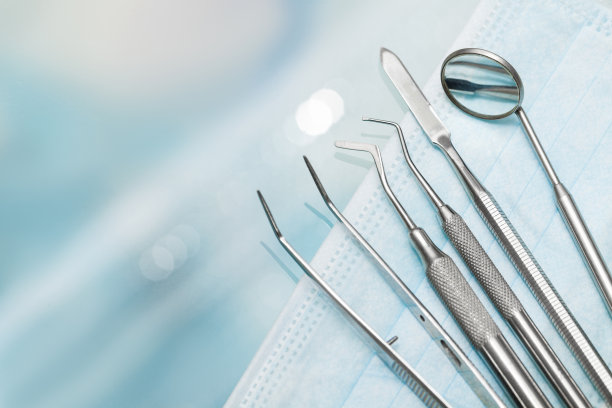The Essential Guide to Understanding the Process and Aftercare of Tooth Extraction for Optimal Oral Health
Summary: Tooth extraction can be a daunting experience for many, yet understanding the process and the necessary aftercare is crucial for optimal oral health. This guide aims to demystify the process of tooth extraction by explaining the steps involved, what to expect during recovery, the importance of aftercare, and tips for maintaining oral health post-extraction. By providing clarity on these aspects, individuals can approach tooth extraction with confidence and minimize any potential complications.
1. Understanding the Tooth Extraction Process

Tooth extraction is typically required for various reasons such as severe decay, infection, overcrowding, or impaction. The extraction process generally begins with a comprehensive examination, often involving X-rays to assess the tooth and surrounding bone structure. Understanding the rationale behind the extraction is essential, as it helps patients grasp the necessity of this procedure.
Once the decision is made, the dentist or oral surgeon will administer anesthesia to ensure the patient is comfortable and pain-free throughout the procedure. Depending on the complexity of the extraction — whether it’s a simple extraction of a visible tooth or a surgical extraction of an impacted tooth — the methods used may vary. Its important for patients to be aware that the discomfort is typically associated more with the recovery period than the extraction itself.
After the anesthesia takes effect, the dentist will carefully remove the tooth. For simpler extractions, this can often be accomplished with moderate force, while surgical extractions require incising the gum and possibly removing bone. After the tooth is removed, the area is cleaned, and any necessary stitches are placed. Understanding this process can alleviate fears associated with tooth removal.
2. Expected Recovery After Tooth Extraction
Post-extraction recovery times can vary from person to person, but generally, patients can expect some swelling, discomfort, and minor bleeding in the first few hours. It is crucial for patients to be mentally prepared for these sensations, as they are a natural part of the healing process. Dentists often provide guidelines on how to manage bleeding and recommend biting down on gauze for a few hours to help form a blood clot.
Swelling can be managed by applying ice packs to the cheeks for the first 24 hours. Additionally, patients should be advised to keep their heads elevated to minimize swelling. Pain management is also an essential aspect of recovery, with most dentists recommending over-the-counter pain relievers or prescribed medication.
It is essential to follow the dentist’s instructions during recovery to ensure a smooth healing process. Patients should avoid strenuous activities and should refrain from smoking or using straws, as these can dislodge the blood clot and lead to painful complications known as dry socket.
3. Importance of Aftercare Following Extraction
Proper aftercare after a tooth extraction is vital to promote healing and prevent infection. Following the procedure, patients should adhere to a diet consisting of soft foods, avoiding anything too hot, spicy, or hard that can irritate the surgical site. Consuming cool foods, like yogurt or pudding, can help soothe the area while providing necessary nutrition.
Oral hygiene is also critical, but patients need to navigate it carefully. Brushing other teeth is encouraged, but care should be taken around the extraction site. Rinsing with a gentle saline solution can help maintain oral cleanliness while avoiding disruption to the healing gums.
Regular follow-up appointments with the dentist are necessary to monitor the healing process. If any unexpected symptoms arise, such as excessive bleeding, increasing pain, or signs of infection, patients should contact their dental provider immediately to avoid complications.
4. Maintaining Oral Health After Tooth Extraction
Once the initial recovery period has passed, maintaining oral health becomes the key focus. Regular dental check-ups play a significant role in preventing future dental issues. Dentists can monitor overall oral health and catch any potential problems early.
In addition to professional check-ups, patients should maintain a diligent oral hygiene routine that includes brushing twice a day and flossing daily. This prevents plaque buildup and keeps the gums healthy, thereby reducing the risk of needing further extractions.
Moreover, staying informed about nutrition can contribute significantly to oral health. Consuming a diet rich in vitamins and minerals fosters good bone health, which is crucial for maintaining a strong jaw structure necessary for holding teeth in place. Patients should aim for a balanced diet along with adequate hydration, as this supports overall health.
Summary:
In conclusion, understanding the journey from tooth extraction to post-care is essential for maintaining optimal oral health. By being informed, patients can alleviate anxiety and promote better healing. Taking proactive steps in aftercare and continuing a regular oral hygiene routine will ultimately contribute to a healthier smile.
This article is compiled by Vickong Dental and the content is for reference only.



